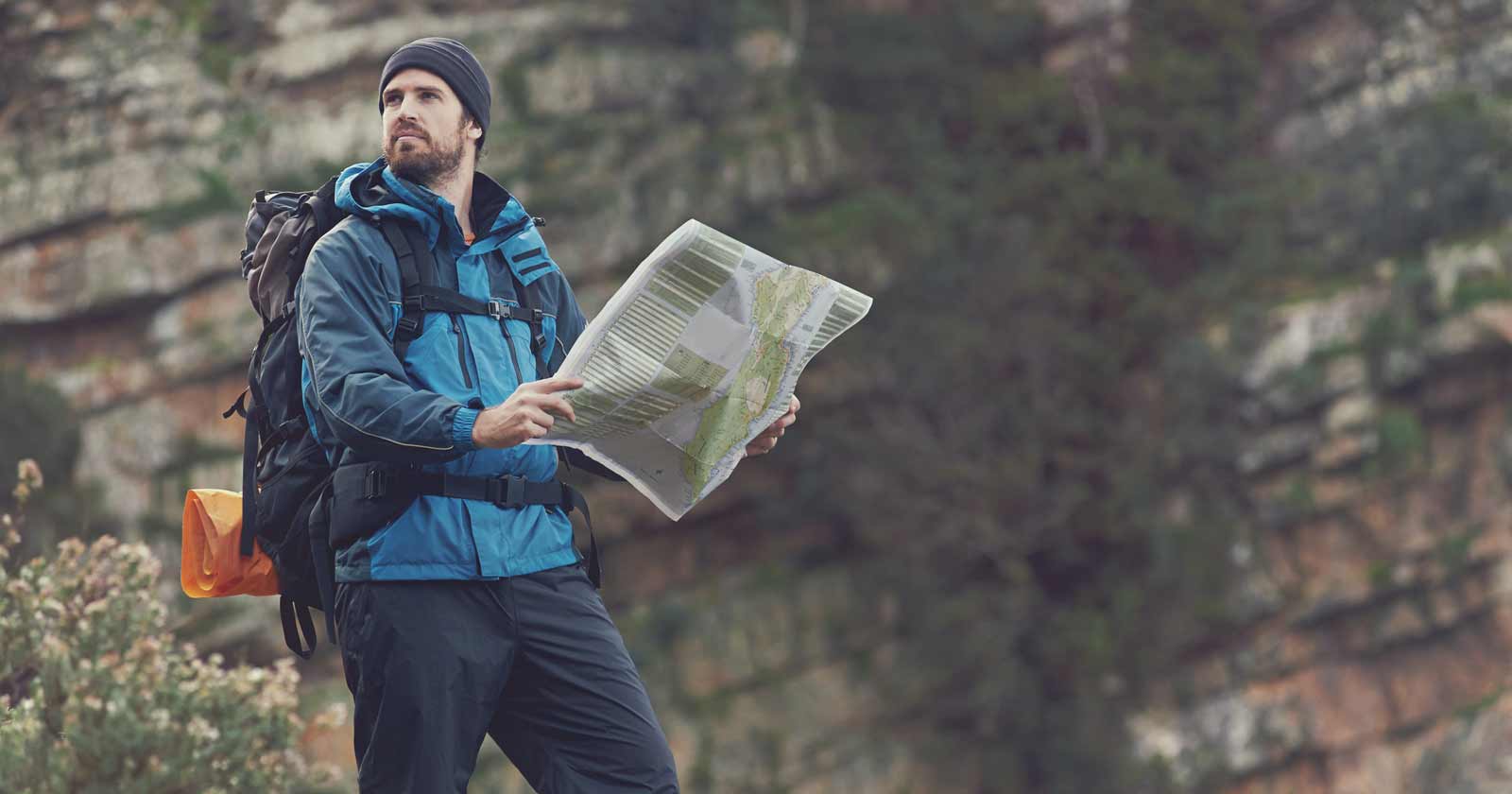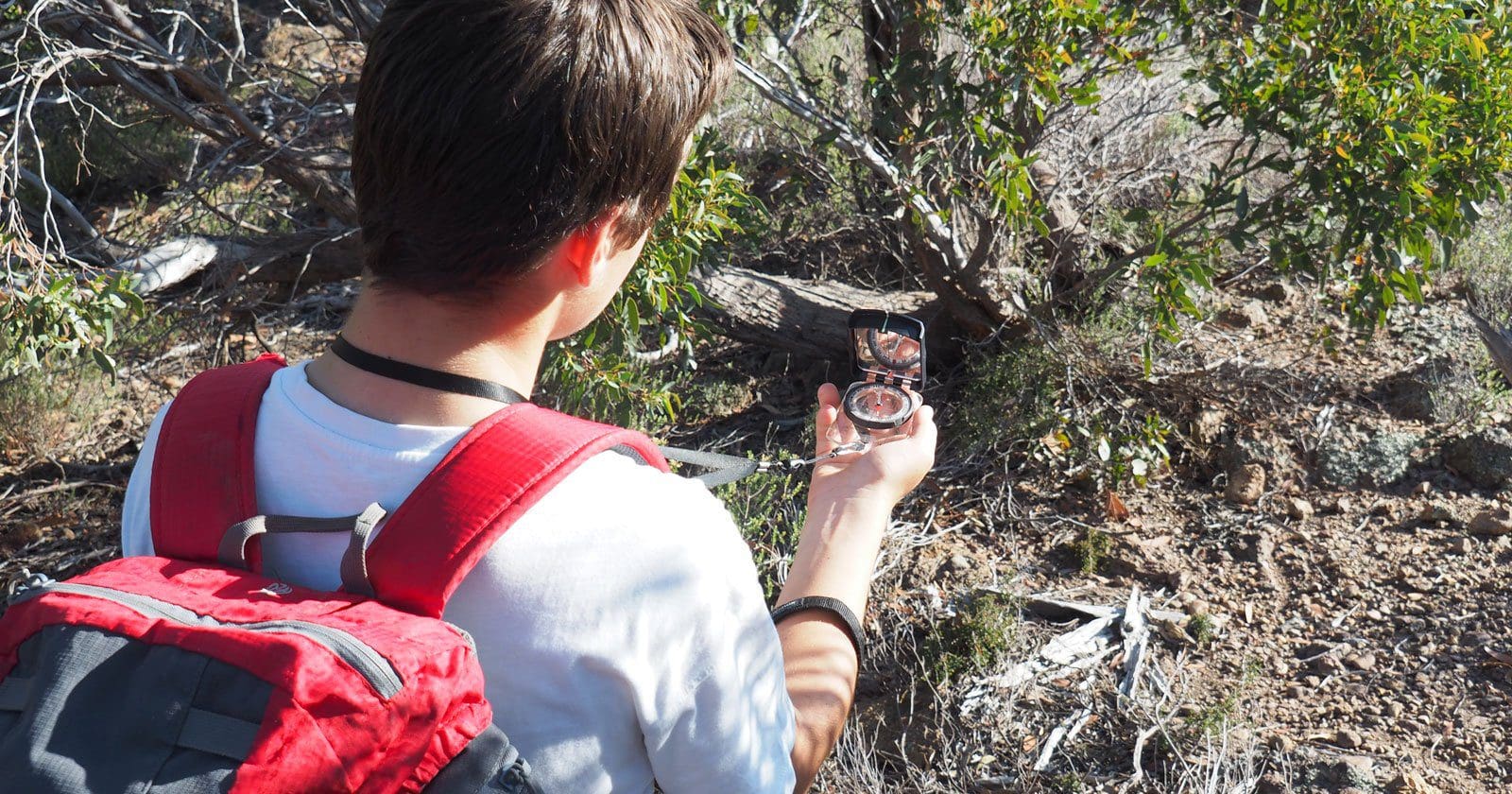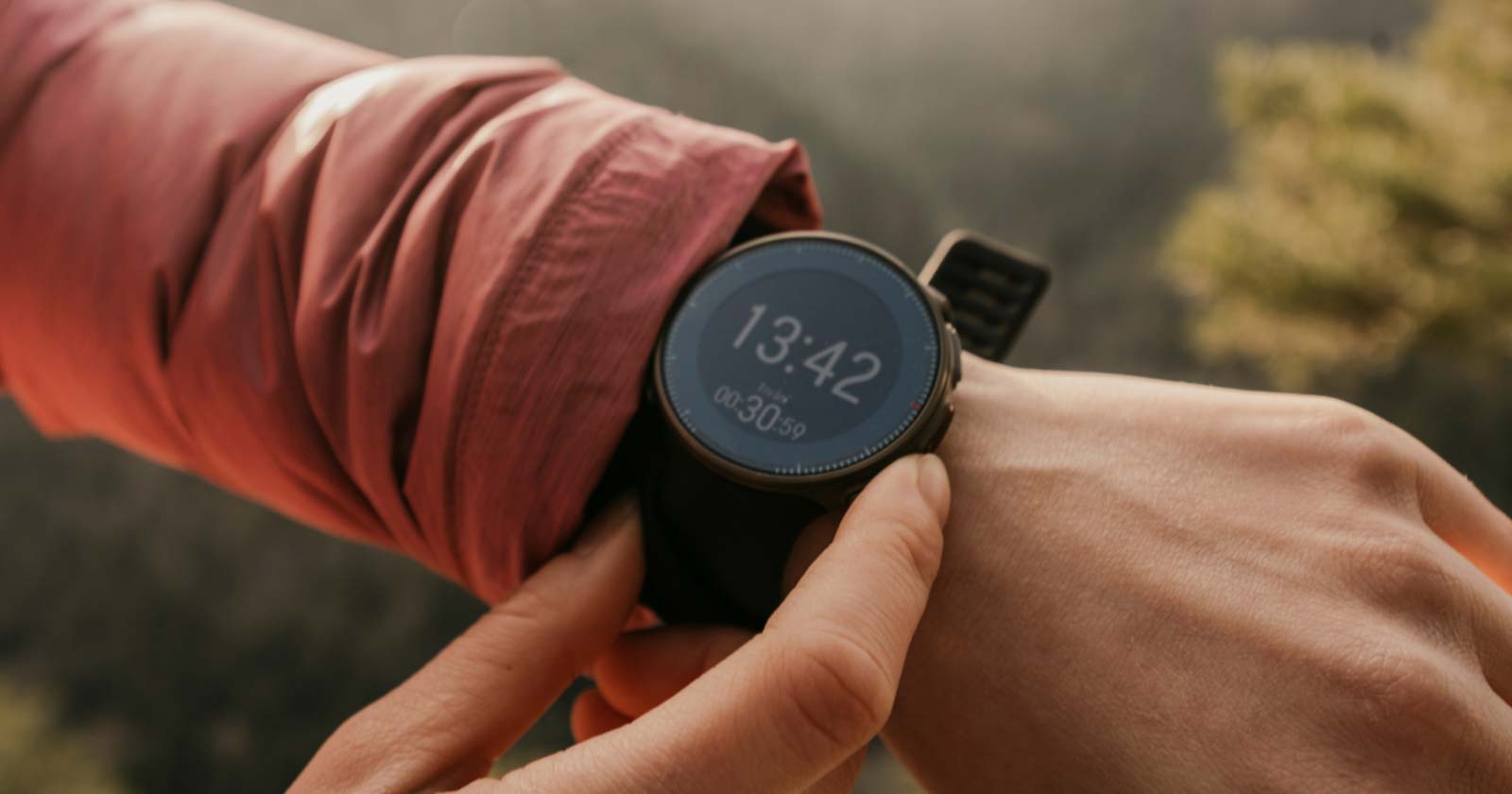A guide to essential navigation gear
Australia’s diverse landscapes, from sun-kissed coastal trails to rugged mountain ranges, offer a wealth of hiking opportunities for outdoor enthusiasts. Whether you’re an experienced hiker or a casual explorer, venturing into the Australian wilderness requires careful preparation to ensure a safe and enjoyable experience.
Navigational tools
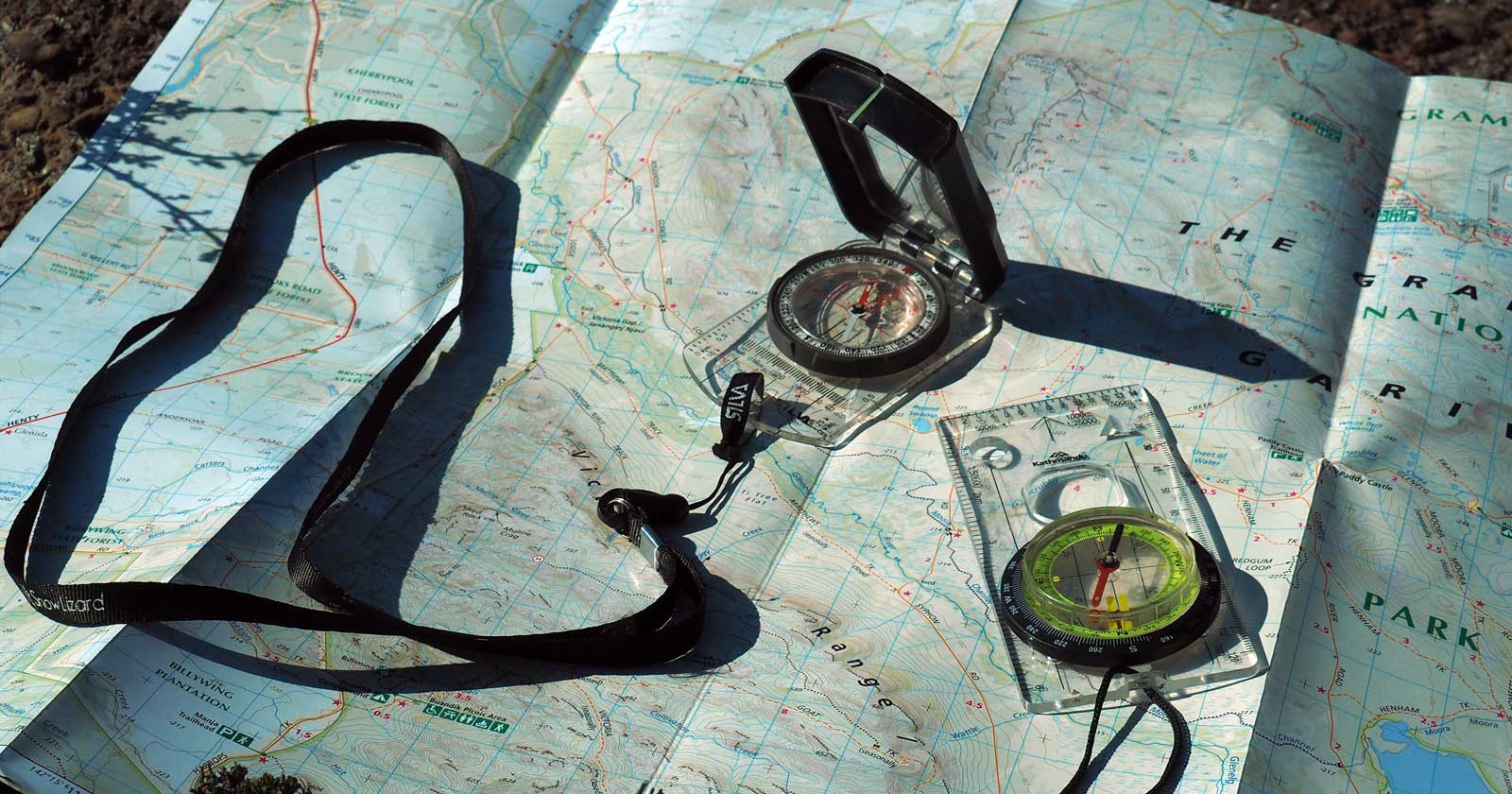
Topographic map and compass
Choose detailed topographic maps that cover the specific area you’ll be hiking and are at a scale that allows you to see important features clearly. Topographic maps show elevation changes, contour lines, and other important landmarks. Learn how to use a compass properly before heading out on your hike. Practice taking bearings and following direction in familiar surroundings. A maps and compass are fundamental tools for hike navigation, providing essential guidance even when electronic devices fail. Here’s some of the reasons why it’s important to pack a map and compass when hiking:
- Reliability: Maps and compasses are inherently reliable tools that do not rely on batteries or signal reception. This makes them invaluable in remote areas where electronic devices may not function.
- Detailed Information: Maps provide a detailed representation of the terrain, including trails, landmarks, and elevation changes. This information is crucial for planning your route, avoiding potential hazards, and making informed decisions while hiking.
- Direction Finding: Compasses provide a reliable means of determining direction even in unfamiliar surroundings. This is essential for following your planned route, navigating off-trail, and finding your way back to safety in case of an emergency.
- Redundancy: Relying solely on electronic devices for navigation can be risky, as they are susceptible to battery failure, signal loss, and technical glitches. Packing maps and compasses provides redundancy and ensures you have a backup plan for navigation.
- Skill Development: Learning to use maps and compasses is an essential skill for any hiker. It enhances your self-reliance, improves your understanding of navigation principles, and fosters confidence in your ability to navigate safely in the wilderness.
In addition to these reasons, carrying a map and compass demonstrates a commitment to responsible hiking. It shows that you are prepared for the unexpected and take your safety seriously. By packing these essential tools, you can embark on your hike with a sense of confidence and preparedness, knowing that you have the means to navigate safely and enjoy the natural beauty of the Australian wilderness.
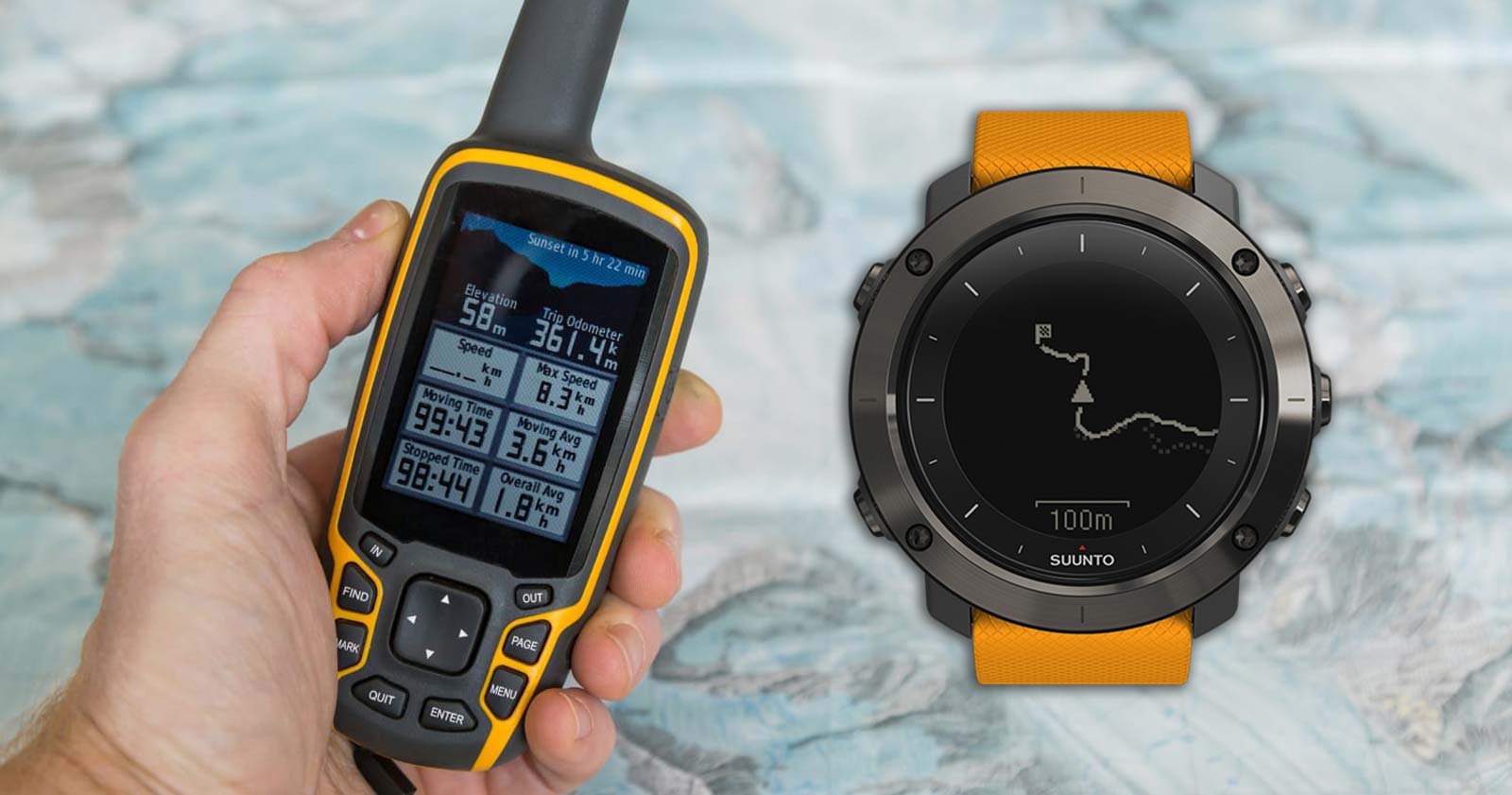
GPS devices
Choose a handheld GPS device that suits your needs and experience level. Handheld GPS devices often provide a variety of features, including route planning, elevation profiles, and waypoint marking. Many smartphones now have built-in GPS capabilities, allowing you to download offline maps and track your progress. However, be mindful of battery life and potential signal loss in remote areas. GPS devices have become increasingly popular among hikers due to their ease of use, real-time location tracking capabilities, and a variety of advanced features. Here are some of the reasons why considering a GPS device for hiking can be beneficial:
- Ease of Use: GPS devices are generally user-friendly, even for those with limited navigation experience. They often come with intuitive interfaces, clear on-screen instructions, and preloaded maps.
- Real-Time Location Tracking: GPS devices provide real-time updates on your location, allowing you to see your progress, track your route, and monitor your distance from your starting point. This can be reassuring, especially in unfamiliar areas or when hiking in challenging conditions.
- Route Planning and Navigation: GPS devices can assist in planning your hike by allowing you to upload pre-planned routes or create your own using the device’s mapping features. They can also help you navigate your chosen route, providing turn-by-turn directions and guidance.
- Elevation Profiles and Waypoint Marking: GPS devices often display elevation profiles, allowing you to visualise the terrain and plan your hike accordingly. They also allow you to mark important locations, such as campsites, water sources, or scenic viewpoints, for easy reference.
- Advanced Features: Some GPS devices offer additional features, such as compass functions, barometric altimeters, and weather updates. These features can provide valuable information for enhanced navigation and decision-making.
- Safety and Emergency Assistance: Some GPS devices include emergency SOS features that can transmit your location to emergency services in case of a mishap. This can be particularly useful in remote areas with limited or no mobile phone reception.
- Offline Maps and Battery Backup: Many GPS devices allow you to download offline maps, ensuring you have navigation capabilities even without an internet connection. Some devices also have extended battery life, making them suitable for long hikes.
While GPS devices offer numerous benefits, it’s important to remember that they should not be solely relied upon for navigation. Maps and compasses remain essential tools for developing your navigation skills and ensuring you have a backup plan in case of electronic device failure. Use GPS devices responsibly and complement their use with traditional navigation skills to enhance your hiking experience and safety.
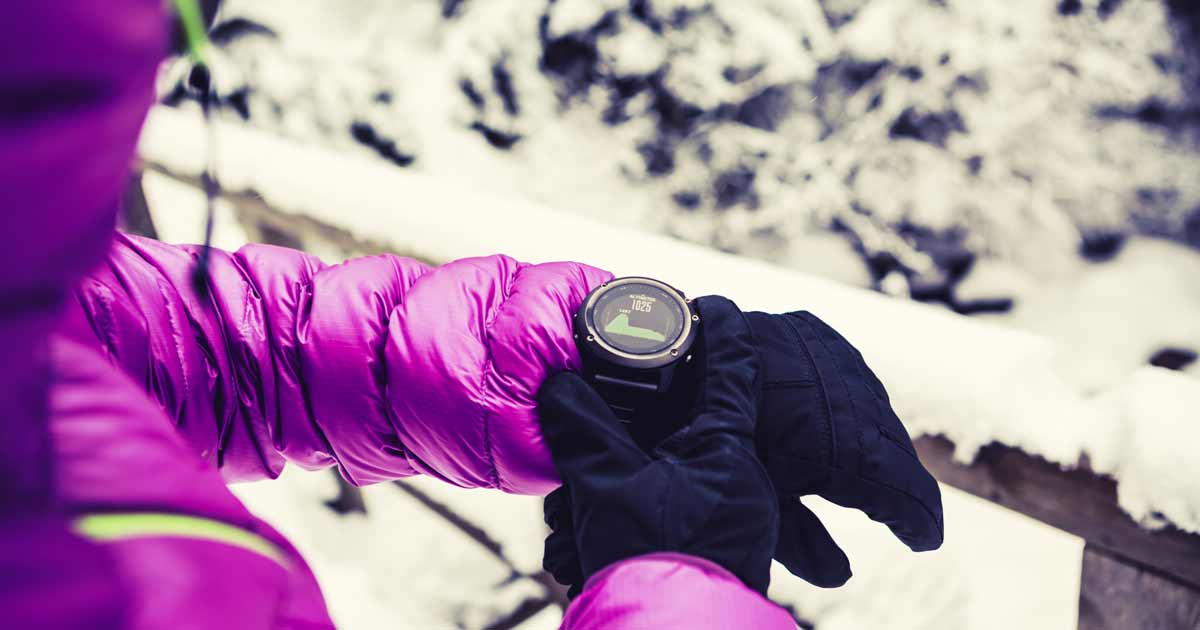
Altimeters
Altimeters provide valuable information about altitude, which is crucial for planning hikes, especially in mountainous regions. Choose a handheld GPS device that includes an altimeter or pack a separate altimeter. An altimeter is an essential tool for hikers, especially in mountainous regions, for several reasons:
- Altitude Awareness: Altimeters provide real-time information about your elevation, which is crucial for planning hikes, especially in mountainous regions. Knowing your altitude helps you gauge the difficulty of the hike, estimate the time it will take to complete, and make informed decisions about your route and pace.
- Acclimatisation and Safety: Altimeters can help you monitor your ascent rate and allow for proper acclimatisation to higher altitudes. This is important to prevent altitude sickness, which can cause symptoms like headaches, dizziness, and nausea.
- Trail and Hazard Identification: Knowing your altitude can help you identify specific trails or landmarks, especially in areas with multiple routes or unmarked paths. It can also alert you to potential hazards, such as high-altitude areas prone to sudden weather changes or avalanche risks.
- Route Planning and Decision-Making: Altimeters can assist in route planning by providing information about elevation gain and loss. This helps you choose a route that matches your fitness level and avoid overly strenuous or dangerous sections.
- Pacing and Endurance Management: Altimeters can help you pace your hike appropriately, especially when ascending or descending. Knowing your elevation and the remaining distance can help you conserve energy and avoid overexertion.
- Emergency Communication: In case of an emergency, knowing your altitude can provide valuable information to rescue teams, helping them locate you more quickly and accurately.
- Improved Understanding of Terrain: Altimeters provide an additional dimension to your understanding of the terrain, allowing you to visualise the ups and downs of the hike. This can enhance your overall hiking experience and appreciation of the landscape.
- Personal Challenge and Achievement: Monitoring your altitude can add a sense of challenge and accomplishment to your hike. Seeing the progress you’ve made in gaining elevation can provide motivation and a sense of satisfaction.
While maps and compasses are essential tools for navigation, altimeters provide a unique perspective on your hike, allowing you to understand the verticality of the terrain and make informed decisions about your route and pace. By considering an altimeter for your hiking gear, you can enhance your safety, planning, and overall experience in the wilderness.
![]()
Safety and emergency gear
In addition to essential navigation gear, it is crucial to carry a headlamp or flashlight, whistle, first aid kit, personal locator beacon (PLB), and emergency shelter for safe and enjoyable hiking. These items provide essential protection and support in case of unforeseen circumstances or emergencies.
- Headlamp or Flashlight: A headlamp or flashlight is essential for hiking in low-light conditions, especially if you plan to be out after sunset or before sunrise. A headlamp is particularly useful for hands-free operation, allowing you to use trekking poles or scramble over obstacles while still maintaining visibility. Choose a headlamp with adequate brightness and battery life for your intended hike duration.
- Whistle: A whistle is a compact and effective signaling device that can attract attention in case of an emergency. Its piercing sound can travel long distances, alerting rescuers or fellow hikers to your location. Choose a whistle with a clear, loud sound that is easy to use.
- First Aid Kit: A well-stocked first aid kit is essential for treating minor injuries and providing basic medical care on the trail. Pack bandages, antiseptic wipes, pain relievers, antihistamines, and any personal medications you may need. Familiarise yourself with basic first aid procedures before your hike.
- Personal Locator Beacon (PLB): A PLB is a critical safety device for hiking in remote areas with limited or no mobile phone reception. It sends a distress signal to emergency services, providing your location and initiating a search and rescue operation. PLBs are particularly valuable in situations where you are unable to communicate your location by other means.
- Emergency Shelter: An emergency shelter, such as a space blanket or lightweight tarp, can provide essential protection from harsh weather conditions, especially if you are forced to spend an unplanned night outdoors. A space blanket can reflect your body heat, helping to maintain warmth in cold temperatures. A tarp can provide shelter from rain, wind, and sun exposure.
Carrying these additional items beyond essential navigation gear demonstrates a commitment to responsible hiking and preparedness. They can make a significant difference in your safety and well-being during your outdoor adventure.
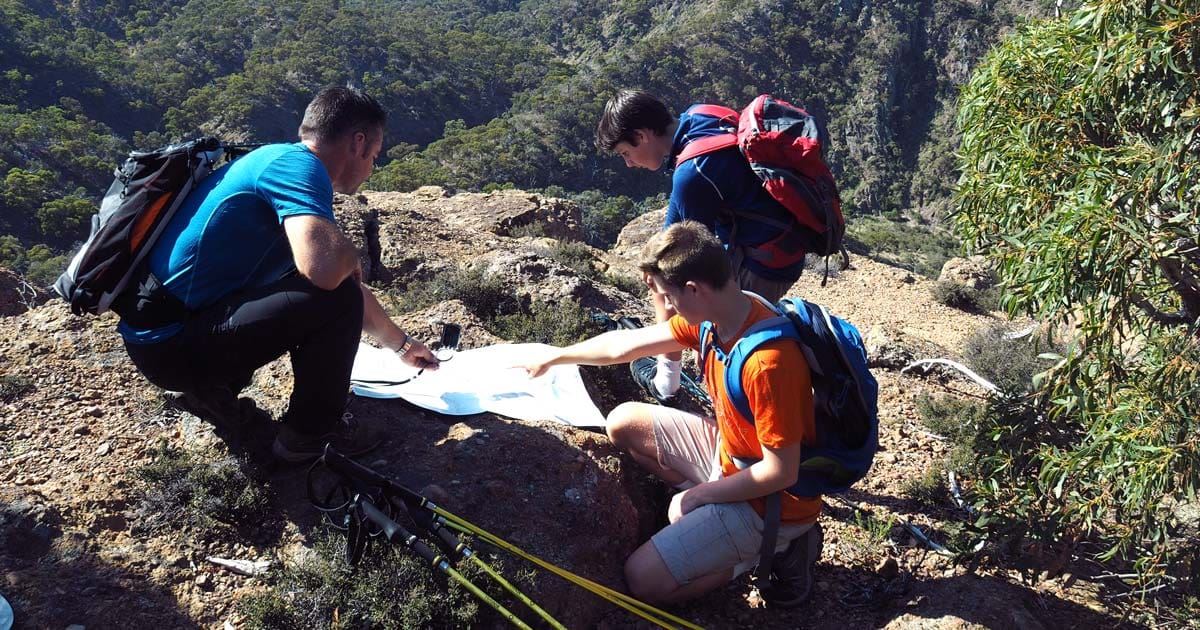
Developing your navigation skills
Developing your navigation skills is equally important as packing essential gear for safe and enjoyable hiking. While having the right equipment is crucial, knowing how to use it effectively and understanding navigation principles are essential for making informed decisions and adapting to unexpected situations on the trail. Here’s some key reasons why developing navigation skills is equally important:
- Self-Reliance and Confidence: Learning to use maps, compasses, and GPS devices fosters self-reliance and confidence in your ability to navigate independently. This empowers you to explore new areas and venture into remote locations without relying solely on electronic devices.
- Adaptability and Problem-Solving: Navigation skills allow you to adapt to changing conditions and find alternative routes when necessary. They equip you with the ability to solve problems and make informed decisions, even when faced with unexpected obstacles or limited visibility.
- Enhanced Awareness and Appreciation: Developing navigation skills enhances your awareness of the terrain and the natural environment. You gain a deeper understanding of the landscape, which can lead to a greater appreciation of the beauty and complexity of the wilderness.
- Safety and Emergency Preparedness: Strong navigation skills can significantly increase your safety on the trail. You can avoid getting lost, make informed decisions about your route and pace, and effectively communicate your location in case of an emergency.
- Lifelong Learning and Skill Development: Learning to navigate is an ongoing process that offers continuous learning and skill development. As you gain experience and explore new areas, you refine your abilities and enhance your overall hiking expertise.
While packing essential navigation gear provides the tools for navigation, developing your navigation skills provides the knowledge and expertise to use those tools effectively. By investing in your navigation skills, you enhance your safety, confidence, and overall hiking experience, allowing you to fully embrace the wonders of the wilderness. By packing the essential gear for hike navigation in Australia, and developing your navigation skills, you can ensure a safe and enjoyable experience, allowing you to fully immerse yourself in the breathtaking beauty of the Australian wilderness. Remember, preparation is key to a successful, safe and rewarding hike.
